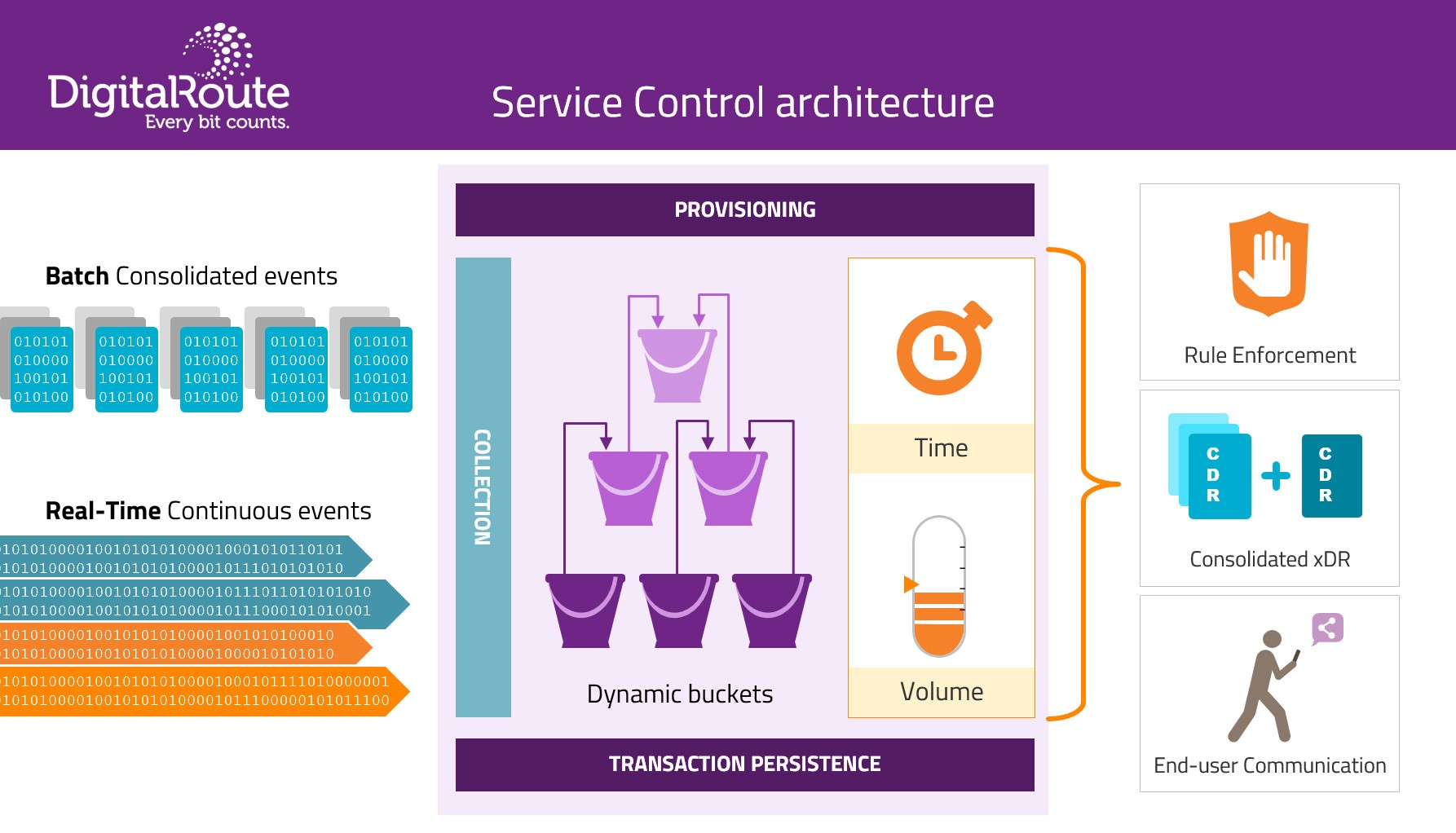Is your BSS Agile or Fragile?
Turbo-charge BSS and remove the
Legacy IT barrier-to-progress
Service Control means not replacement but enablement, where the traditional support system infrastructure is "off-loaded" to a new solution. If this can be achieved, incremental new services can be introduced with a very different cost-per-transaction and thus the legacy BSS cost stack no longer represents a barrier to progress. Service Control’s three fundamental deliverable characteristics underline this:
- To decrease time-to-market and total-cost-of ownership in architectures where legacy is a barrier to service innovation;
- To provide a cost-effective platform that increases service possibility through legacy BSS offload; and
- To increase the ability to exploit the profit opportunity contained in Over-The-Top services.
Operational Characteristics of Service Control
Having established why it’s needed, what does Service Control actually do? In essence, it is an effective and low-cost solution for the deployment of metered service bundles (the sort of packages of voice, SMS and data which these days form the basis of most service provider’s competitive offerings.) Its real-time subscriber control functionality also enables smart bundle upsell. It provides real time interaction and is specifically developed for the simplistic services widely deployed today that need a lean counting solution. After all, nobody wants complexity that’s hard to understand for the end customers and costly to deliver and maintain for operators.

Service Control allows the Service Provider to compete by increasing agility, launching new services and responding to market trends to tap profit opportunities without delays. It is capable of metering all subscriber and partner information and its open nature enables easy integration with any existing downstream applications. Its easily configurable business logic supports innovation and responsiveness to the demands of the market.
By handling these requirements, Service Control addresses the three key questions that CSPs have to answer in order to succeed commercially:
- Can I offset the exponentially increased cost of many new services by deploying attractive, low-margin services quickly as an upsell opportunity
- Can I address the requirement for service transparency and tiered offerings via a solution that enables both subscriber and service control from the same platform?
- Can I deliver incremental services quickly and reactively enough that I can lead the market?



















